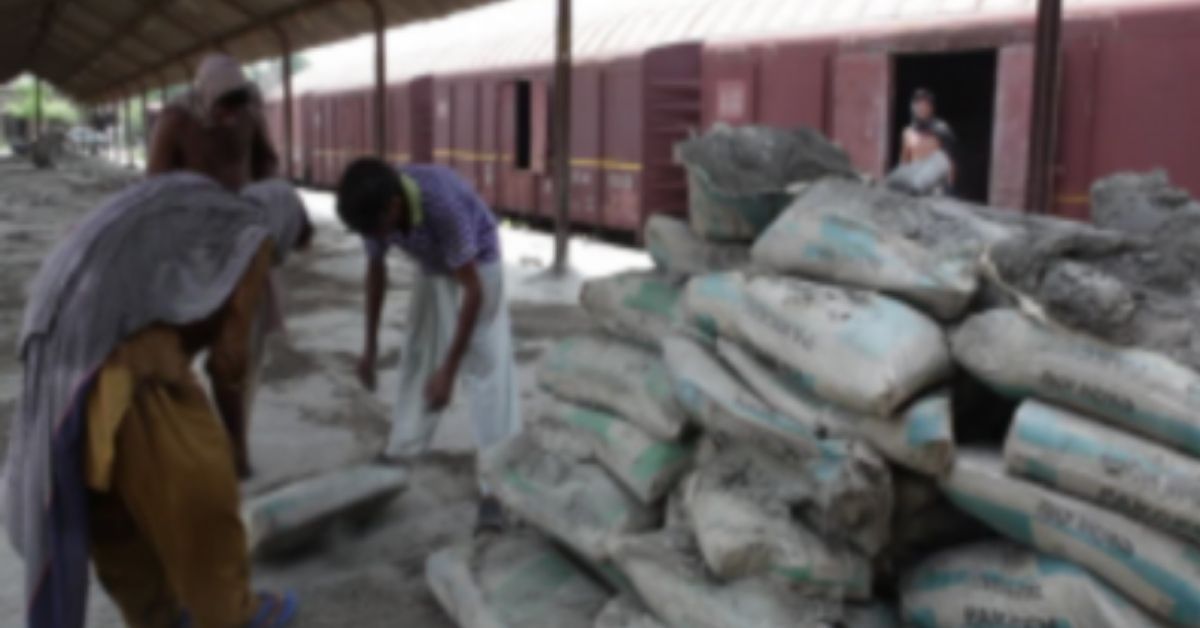The cement sector is expected to see a 6.5-7.5% demand growth this fiscal driven by a 10% rise in budgetary allocation for core infrastructure ministries and on expectation that an above-normal monsoon will boost agricultural profitability, in turn lifting rural housing demand.
In fiscal 2025, cement demand growth was moderate at 4.5-5.5% owing to a sluggish start to the year because of the general elections, spatially well-distributed monsoon that impacted construction along with high base of past three fiscals.
Weak state government spending in the first half also slowed pace of project execution and a slow real estate market impacted urban housing.
Infrastructure, which accounts for 29-31% of the domestic cement demand, is expected to remain a key demand driver in the current fiscal too. Within infrastructure, roads have been the largest contributor, followed by railways, irrigation and urban infrastructure.
Says Sehul Bhatt, Director, Crisil Intelligence, “Notably, budgets of 12 states, accounting for 63-65% of Indian cement demand1, reveal a substantial 11% increase in total allocations for the current fiscal. Furthermore, the government’s emphasis on establishing specialised rail corridors for the energy, mineral and cement industries, along with initiatives to promote tourism, is expected to bolster demand. The enhanced investment is expected to stimulate cement demand, driving growth of 7.5-8.5% from the infrastructure sector.”
Rural housing will continue to dominate cement consumption, with an estimated share of 32-34%, as a heathy monsoon season is expected to boost agricultural income, which will create housing demand. In addition, several schemes by central government such as PMGSY and MNREGA targeted towards rural segment will also support consumption due to higher budgetary allocation.
The pace of execution is expected to pick up under the Pradhan Mantri Awas Yojana – Gramin, with a rise in sanctions and more under-construction units. Average rural wages, which are estimated to have increased ~25% on-year in fiscal 2025, are expected to remain on the higher side this fiscal too.
The urban housing segment, which faced headwinds in fiscal 2025 due to sluggish real estate, is expected to regain momentum in the current fiscal, owing to a low base, interest rate cuts and improved execution pace under Pradhan Mantri Awas Yojana – Urban. The allocation for the scheme is up by a substantial 45% in the Union Budget 2025-26.
The industrial and commercial segment, which accounts for 13-15% of the domestic cement demand, is expected to see a steady growth this fiscal, driven by traction from commercial real estate and warehousing.
Following three years of strong growth, the segment had slowed down in fiscal 2025 owing to moderation in private capex growth.
Says Sachidanand Choubey, Associate Director, Crisil Intelligence, “A demand surge is anticipated across segments, driven by increased capex allocations for infrastructure and housing ministries. This uptick is expected to support a price rise in fiscal 2026, following a two-year lull. Although competition for market share remains fierce, we estimate a modest 2-4% price increase as companies focus on improving realisations.”







